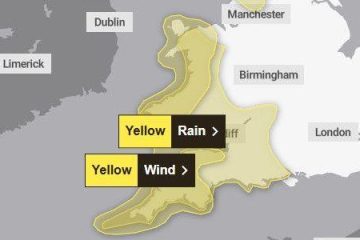The Importance of Gale Warnings in Maritime and Coastal Safety

Introduction
Gale warnings are critical alerts issued by meteorological services to inform of strong winds that can significantly impact maritime and coastal conditions. Understanding these warnings is essential for crews at sea, fishermen, and coastal residents, as gale conditions can escalate into hazardous situations rapidly. With recent climate changes leading to unpredictable weather patterns, the relevance of gale warnings has become more significant than ever.
What is a Gale Warning?
A gale warning is typically issued when sustained winds of 34 to 40 knots (39 to 46 mph or 63 to 74 km/h) are forecasted. These alerts are crucial for preventing maritime accidents and improving safety awareness among those who operate on or near the water. They provide time for individuals and businesses to prepare for rough conditions, whether that involves securing vessels, cancelling excursions, or ensuring safety protocols are followed.
Recent Events and Impact
In recent weeks, the UK has experienced a series of storm systems leading to the issuance of multiple gale warnings. The Met Office reported substantial gales impacting coastal areas in Scotland and Northern England, with some regions experiencing gusts exceeding 70 mph. This resulted in ship delays and heightened caution for yachts and fishing vessels along the coast. Emergency services were placed on alert to respond to incidents related to these severe conditions, ensuring public safety during these turbulent times.
Public Response and Safety Measures
Communities along affected coastlines have been advised to adhere to safety guidelines during gale warnings. This includes avoiding unnecessary travel and staying indoors when possible. Fishermen and recreational boaters are encouraged to check forecasts regularly and heed warnings to avoid undertaking any risky ventures.
Conclusion
Gale warnings are an essential part of maritime safety and public awareness. As climate change intensifies weather events, the need for timely and accurate warnings becomes increasingly vital. Stakeholders, including local authorities, maritime agencies, and the general public, must remain vigilant and responsive to these alerts. Continued investment in meteorological services and public education about storm preparedness will be crucial in mitigating risks associated with gale conditions in the future.









